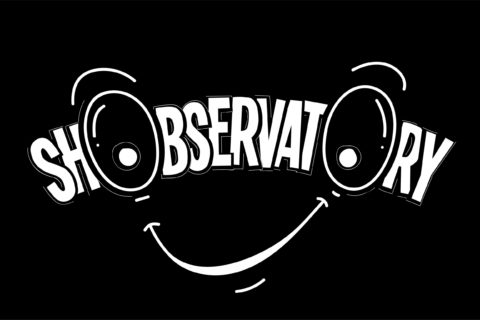Up until recently, urban dwellers had to face a grey reality – in every city, there was a constant struggle between development and green spaces.
However, sometimes the grass is greener on the other side – citizens of certain cities have the luxury of having lots of green space per person. The ones that have the most square feet of green space per capita are usually proclaimed the most livable cities. This should tell us something about the importance of city green for overall human wellbeing.
This means many cities across the world are trying hard to make more room for green spaces and allow as much vegetation as possible. Some of the ideas are brave and innovative.
Read on to find out what some US cities are doing to increase their green coverage.
Private Conservancies and Volunteers Rescuing New York’s Parks
When we think of US parks, New York’s central park often first comes to mind. However, the stats may surprise you. According to Green City Index by Interiorbeat, New York City has only 22% percent of green coverage in urban areas. Central Park and NYC’s other parks, although numerous, can’t make up for the infrastructure of one of the most densely populated cities in the US.
Unfortunately, even the health of city greens is dependent on other kinds of “greens.” Green infrastructure in cities requires constant investment for planting, pruning, watering, and other forms of maintenance.
In the state of New York, the importance of public-private partnership takes a prominent spot. Before the emergence of private conservancies built with the idea of public-private partnerships for parks in the 1980s, many New York parks were unkempt, unsightly, and even dangerous.
Things look much different today. For example, the privately fundedRiverside Park Conservancy has a large staff and up to 5,000 volunteers supporting 400 acres along the Hudson River. Starting out as a trash pickup initiative, today their work ranges from simple fence painting to complex tasks such as erosion control. The Conservancy is especially proud of the actions such as creating a Butterfly Meadow, restoring the park’s historic field house, and bringing a herd of goats for biological control of poison ivy and mugwort.
However, these private initiatives can’t do everything on their own – the budget funding of public departments such as the New York City Department of Parks remains critical in maintaining the health of green spaces and the efficiency of public-private partnerships. Conservationists fear that the potential budget cuts can have a devastating effect on the future state of city parks.
Golf courses to the people
Although golf courses are technically green surfaces, their use is limited to the very few affluent people that pay an expensive membership. Plus, their environmental track record when it comes to water and pesticide use is nothing short of depressing.
Kansas City, Missouri, already has a whopping 79% green cover, which translates to 93,349 sq. ft. of green space per capita. It is one of the cities with the most accessible green spaces. Still, they’ve decided to go a step further and turn a former Meadowbrook Country Club and Golf Course intended for the very few into an 80-acre Meadowbrook Park open to everyone.
Going green beyond parks
City parks, riverbanks, and meadows are typical green spaces, but in times where space is less available, city officials have to get creative. Houston, Nashville, and Des Moines, Iowa, are just some of the many cities that resorted to creating green spaces on public rooftops.
However, one of the nation’s green leaders, Atlanta, GA, has very ambitious green plans.
Atlanta boasts an impressive 78% of green cover, which makes it one of the cities with the most green coverage in the entire country. It is known as a city in a forest for the abundance of trees, extensive canopy cover, and more than 3,000 acres of parkland.
However, Atlanta also has a problem – many of its neighborhoods have been seemingly forever torn apart by an intestate some 60 years ago.
Now, the city has ambitious plans to create parks above the sections of the interstate, reconnecting the parts of the city that were seemingly forever lost to each other. For example, “The Stitch” is imagined as a three-quarter-mile deck built over the I-75/I-85 Connector interstate section. It would create 14 acres of additional green space and “stitch” back together the areas separated by the highway.
Takeaway
Where there’s a will, there’s a way. We listed just some examples of innovative approaches to green urban living in the United States. Pressured by the pursuit of curbing the effects of climate change and making cities more comfortable for the increasing population, the city officials and the local initiatives have been amazingly inventive in making their hometowns greener and healthier. It’s joyous to imagine what the future will bring for the fortunate dwellers of green cities.


